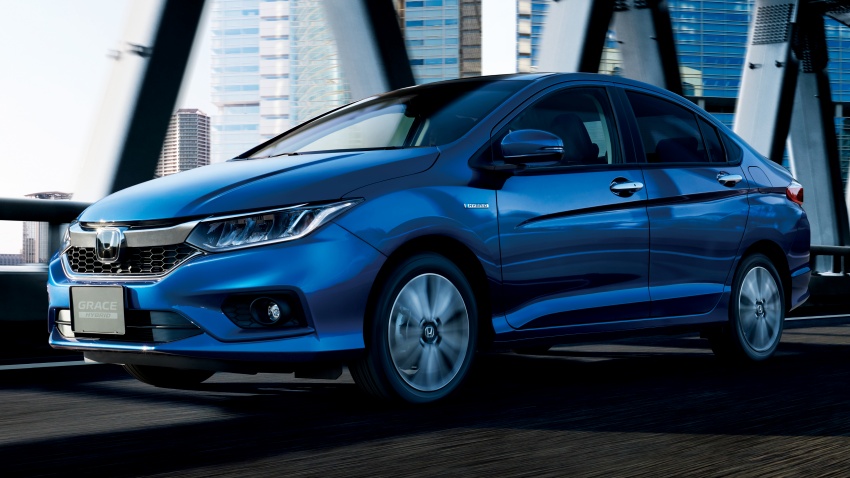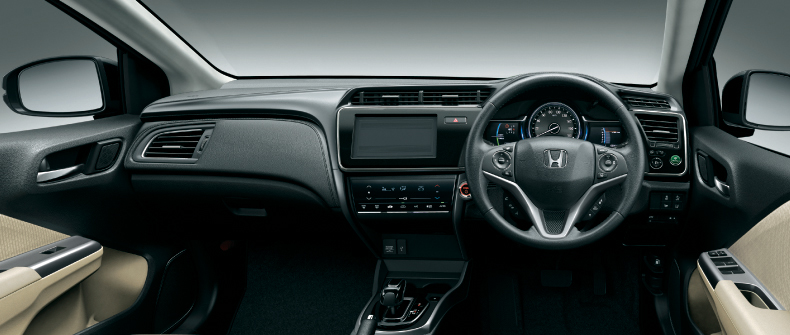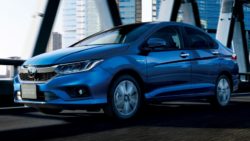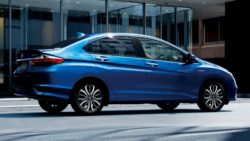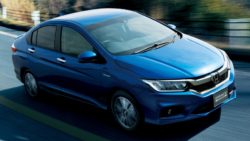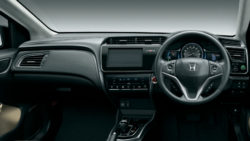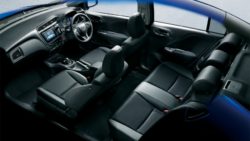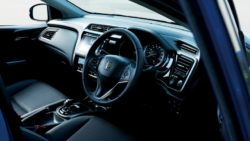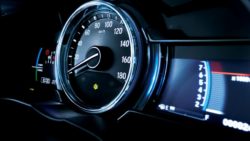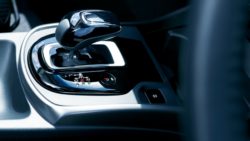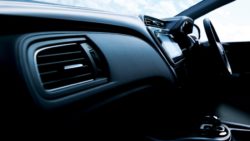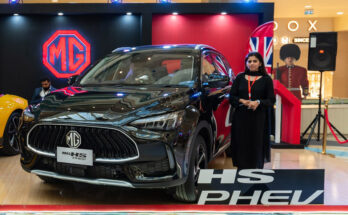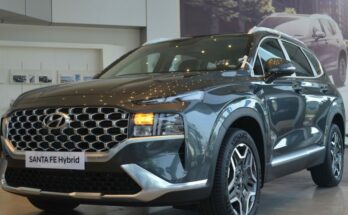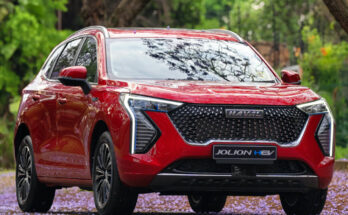Honda Grace, the JDM sibling of the Honda City has received the facelift and gets all of the visual upgrades that are available with the 6th gen City facelift, but also receives some add-ons.
As seen on the new City, the Grace has received a fairly significant re-modeling, including redesigned headlights – now LED units on the top Hybrid LX and EX models – with a different shape. The chrome bar, which now extends over the headlights Civic-style, is also slimmer than before, while the grille features a honeycomb mesh and a chrome strip. The front bumper has also been given a more elegant design.
At the rear, there’s a sportier rear bumper design and a ducktail spoiler with an integrated LED third brake light. Finishing it off are new 16 inch two-tone alloy wheels on the Hybrid EX, as well as new Lunar Silver and Brilliant Sporty Blue paint options.
Related: 2017 Honda City Facelift Launched in India, Priced from INR 8.5 Lac
Inside, changes are limited to new upholstery options and LED map and room lights, along with a revised, more convenient InterNavi navigation system option with Apple CarPlay compatibility. As with the recently-facelifted Fit, the Grace is also now available with the Honda Sensing suite of driver assists.
These include Adaptive Cruise Control (ACC), autonomous Collision Mitigation Braking System (CMBS), Lane Keeping Assist System (LKAS), Lane Departure Warning (LDW), Road Departure Warning (RDW) and Mitigation (RDM), false start suppression, traffic sign detection, auto high beam and a vehicle start warning to alert drivers when the vehicle in front is leaving from a traffic light stop.
Related: The City Has Become Honda’s Cultus
As before, the range consists of petrol and Hybrid variants, with the former getting a 1.5 liter direct-injected DOHC i-VTEC engine pushes out 132 PS at 6,600 rpm and 155 Nm at 4,600 rpm, sent through an Earth Dreams CVT. Fuel consumption is rated at 22.0 km per liter on the Japanese JC08 combined cycle.
The Hybrid model mates a 110 PS/134 Nm 1.5 liter petrol mill with a 30 PS/160 Nm electric motor integrated into a seven-speed dual-clutch transmission, along with a lithium-ion battery. The result is 137 PS and 170 Nm, as well as a fuel consumption figure of 34.8 km per liter – up from 34.4 km per liter from before.
from: Paultan

A computer animation professional with over 23 years of industry experience having served in leading organizations, TV channels & production facilities in Pakistan. An avid car enthusiast and petrolhead with an affection to deliver quality content to help shape opinions. Formerly written for PakWheels as well as major publications including Dawn. Founder of CarSpiritPK.com

